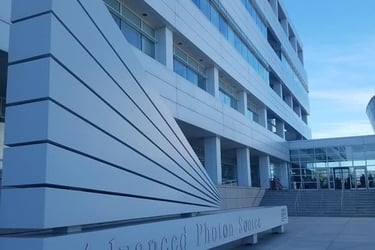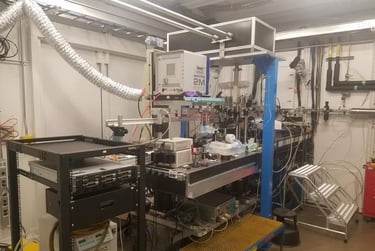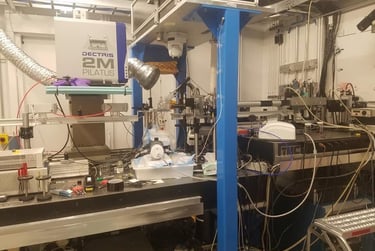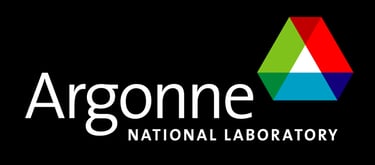Information Coming Soon!
In the meantime, check out these links:
Experimental Research
Through a collaboration between Rhode Island College (RIC), the University of Rhode Island (URI), the Department of Energy (DOE) and Argonne National Laboratory outside of Chicago Illinois, an investigation into the transient absorption properties and Mossbauer effects of Cu(I).
Solar energy is a widely underused and underperforming means of renewable energy with the average solar panels, consisting of silicon photovoltaic cells, having an efficiency of 22%. While solar energy could be a substantial means of energy production, other forms of materials need to be investigated to increase the capture of photons that are abundant in our atmosphere.
Cu(I) was studied as a catalyst in norbornene and cyclohexene substrates to utilize photocycloaddition single-step routes to cyclobutene moieties. Ultrafast optical, terahertz and X-ray were used to probe these samples and study their physical and photochemical properties. Photon sources supplied by the URI and Argonne National Lab's APS were used.






Laser room setups from Argonne National Labs in Argonne, Illinois. The group travelled to Argonne from 2019 - 2021 to use their beam source to probe CuOTf in THF samples.



